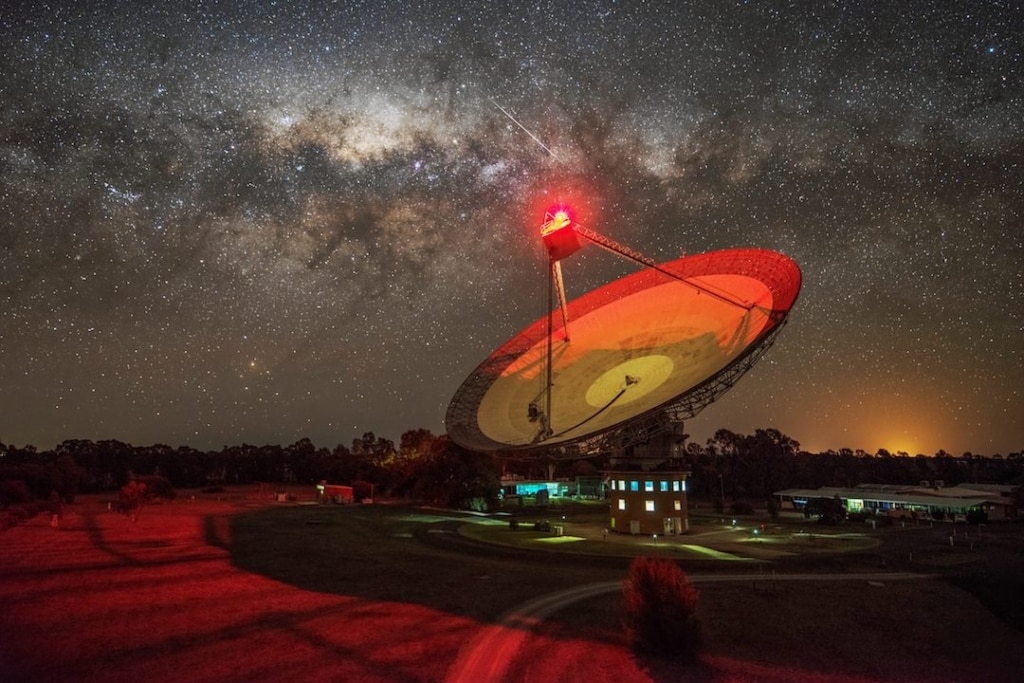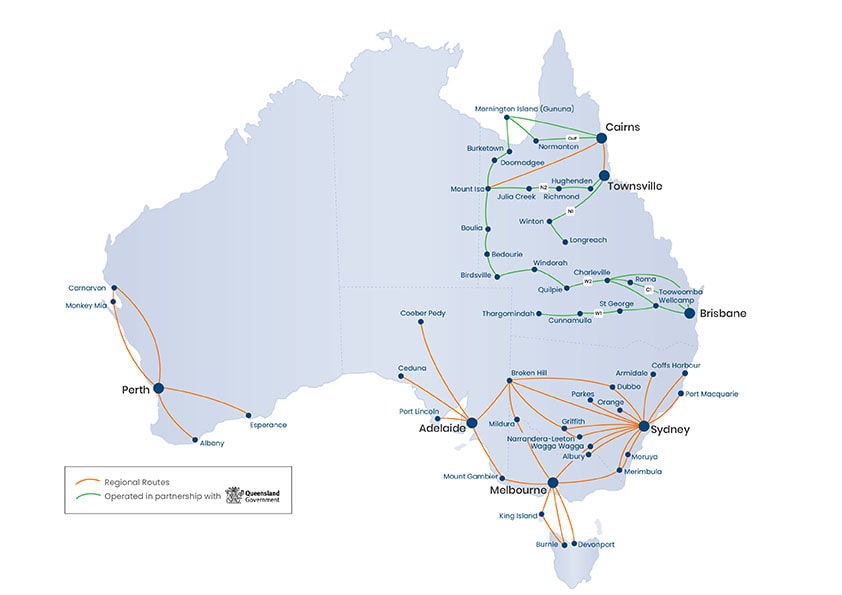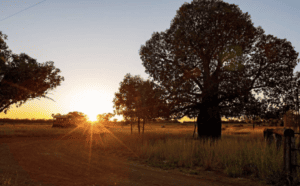Did you know Neil Armstrong’s “giant leap” was able to be watched all over the world thanks to Australia? The Parkes radio telescope, also known as Murriyang, played a big role in making that possible.
Read on to learn about the Parkes radio telescope, Murriyang, and the integral roles it has played in astronomic history.
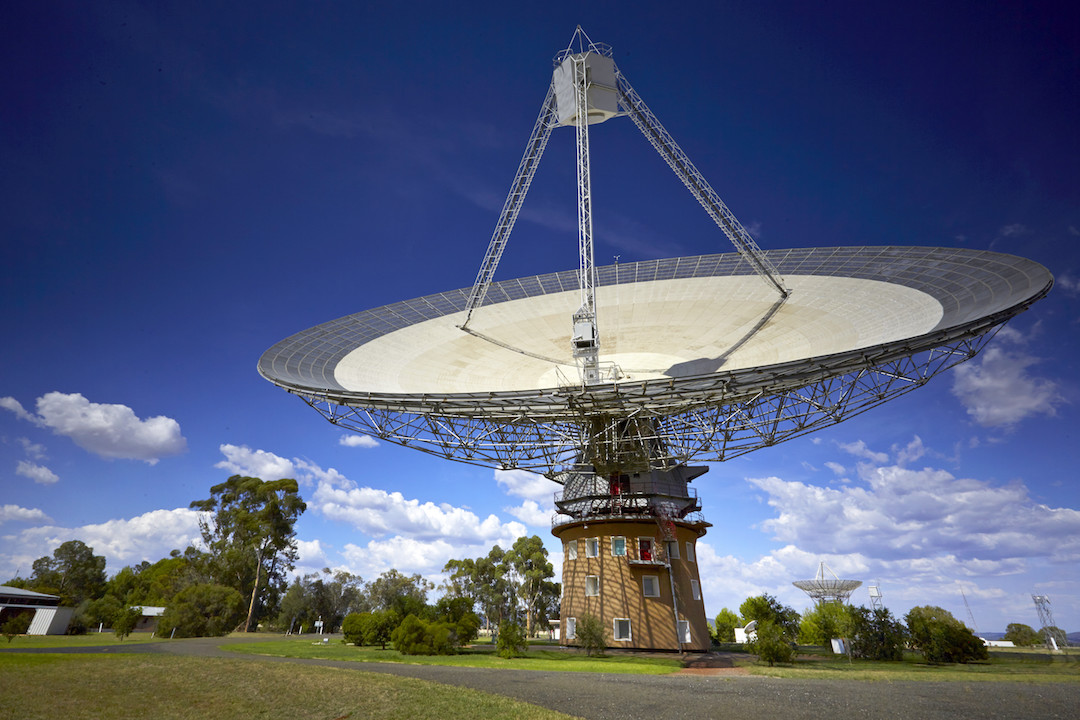
Launching Australia into astronomy
After World War Two scientists from all around the world began expanding their ambitions into the cosmos. In Australia, the CSIRO Radiophysics Laboratory began the first Australian efforts. However, as I’m sure you can imagine, building huge telescopes and other similar equipment is not cheap, and CSIRO did not have the funds. As the US got into the space race, companies and institutions there began looking for the best and fastest way forward. This turned out to be the solution to Australia’s funding problems. The Carnegie Corporation and the Rockefeller Foundation each donated to the creation of a radio receiving antenna.
Next it was time to turn to the British for help. No one in Australia was at that time capable of building or designing the telescope. CSIRO was able to bring in a man named Barnes Wallis as well as Freeman Fox, the company that had designed the Sydney Harbour Bridge. A German company was chosen to build the structure, which was finally completed on 31 October, 1961. While the telescope was originally named the Parkes radio telescope, it was given the name Murriyang in 2020 by Wiradjuri elders.
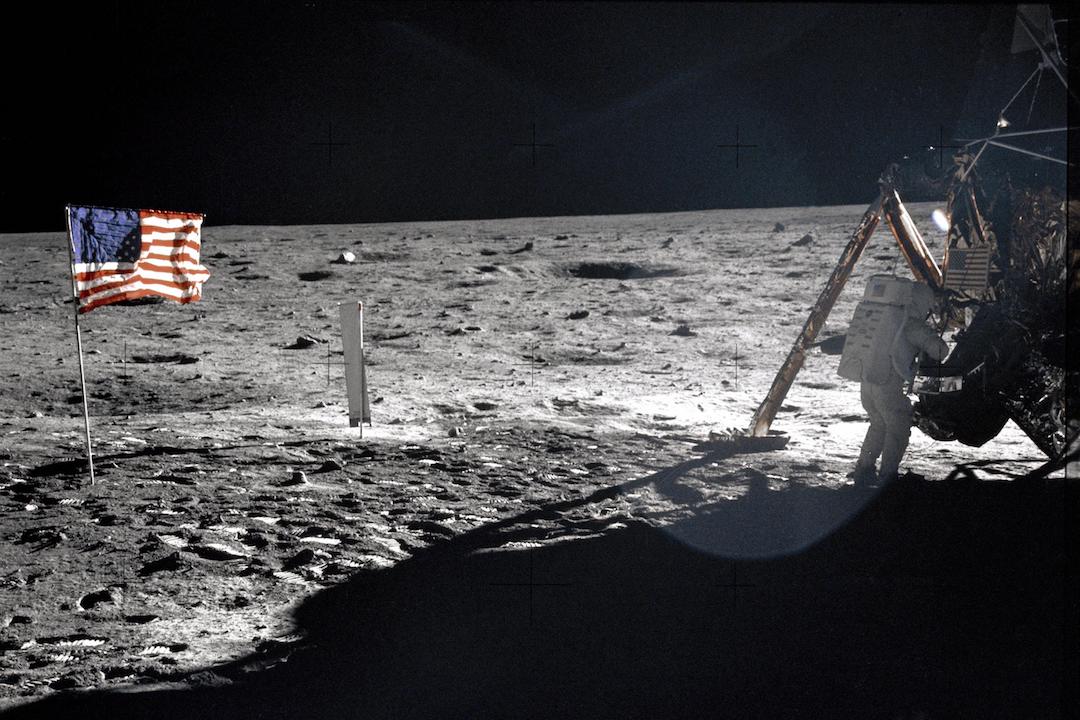
Putting the telescope to good use
While the Parkes radio is most well known for transmitting video of the moon landing, it has made several huge contributions to astrological science for years. The telescope is often used to find pulsars, rotating neutron stars. In fact, the Parkes telescope has found nearly half of the known pulsars. It has even been used to find over 2500 new galaxies. NASA has been contracting the telescope out since its completion. In 1962, it was used by NASA to track the first interplanetary space mission and in 1969 for the Apollo 11’s moon mission.
To this day the telescope operates all day and night unless it is up for maintenance. The telescope will undoubtedly continue to make discoveries far into the future.
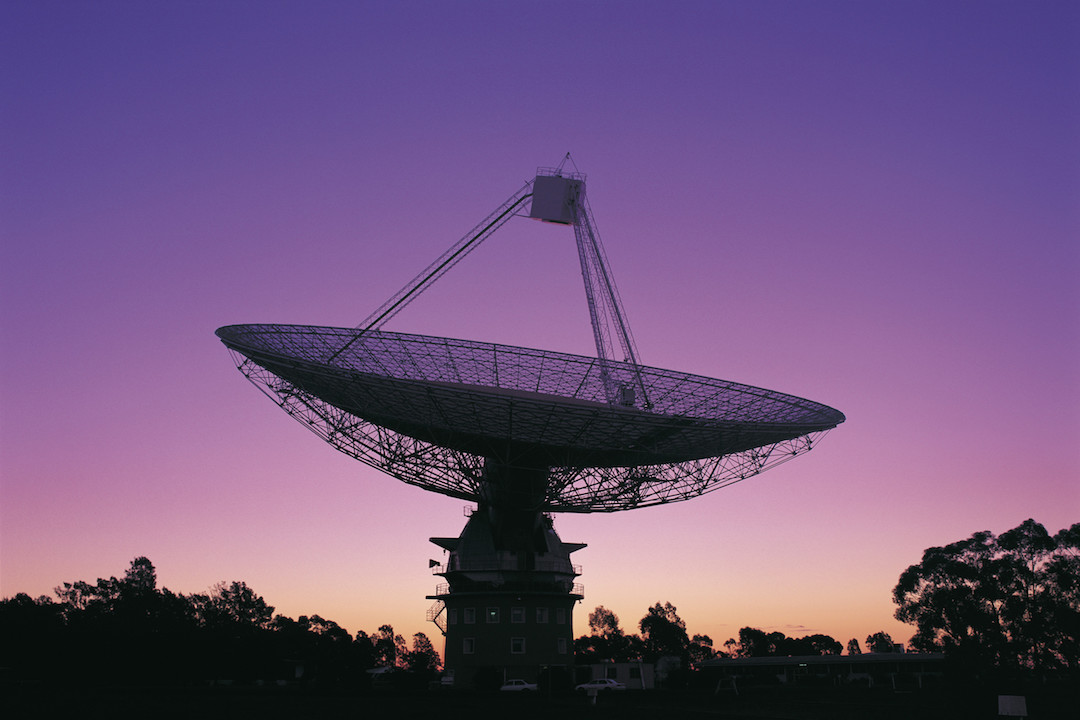
Visiting the Telescope
Want to see the 1000 ton structure with your own eyes? You’re in luck! About 360 kilometres outside of Sydney, the town of Parkes is more than happy to welcome you. Viewing areas are open seven days a week to see the dish in action. While you’re there, stop by the 3D theatre to explore the universe yourself and grab a bite to eat at the Dish cafe. Learn more about the telescope and the history of astrology in their walkthrough exhibition. Kids can also pick up a scavenger hunt booklet and look for clues around the exhibit.
Before visiting, sit down for a movie night and watch The Dish, a 2000 movie based on the role the Parkes Radio Telescope played in the 1969 moon landing. Although the movie is not entirely accurate, it is still good for a laugh and a little background on the place.
Visiting the dish will undoubtedly be a great experience for the whole family. If you go in January, you may even get to experience the annual Parkes Elvis festival! Find out more about that experience here.
If the telescope sounds like something you want to see for yourself, follow this link to book your flight to Parkes! Plus, take a look at the Rex route map to discover all the flight options on offer for you.


